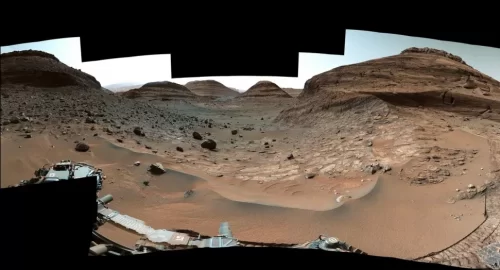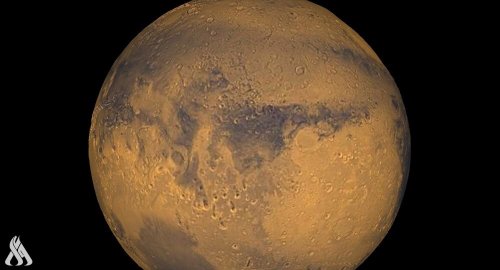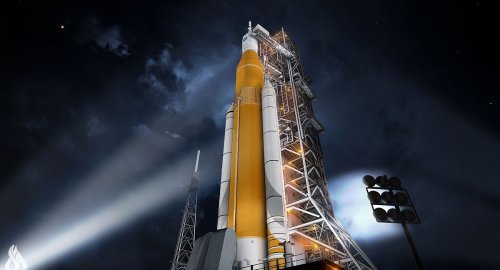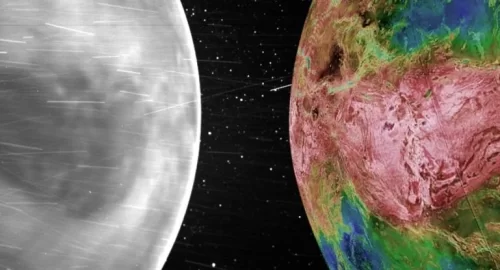
NASA's Mars rover reaches salty site

- 22-10-2022, 20:30
INA – SOURCES
NASA's Curiosity Mars rover has reached an area that is thought to have formed billions of years ago when the Red Planet's water disappeared.
This region of Mount Sharp, the Curiosity rover's Martian stomping ground, is rich in salty minerals that scientists think were left behind when streams and ponds dried up. As such, this region could hold tantalizing clues about how the Martian climate changed from being similar to Earth's to the frozen, barren desert that Curiosity explores today.
The salty minerals that enrich this area of Mount Sharp were first spotted by NASA's Mars Reconnaissance Orbiter years before Curiosity touched down on the Martian surface in 2012.
When Curiosity finally got a close-up look at the terrain of Mount Sharp, the rover discovered a diverse array of rock types and signs of past water, including popcorn-textured nodules and salty minerals such as magnesium sulfate, calcium sulfate (including gypsum) and sodium chloride, which makes up ordinary table salt.
After accounting for stresses on the rotary drill at the end of the rover's 7-foot (2 meters) arm that's used to pulverize rock samples for analysis, the Curiosity team selected a rock for the drilling and collection of the mission's 36th drill sample.
US Central Command: We killed ISIS terrorist leader Abu Yusuf in Syria
- International
- 24/12/20
Liverpool compete with Real Madrid to sign Olympique Lyonnais star
- Security
- 24/12/19
ISC, ADX discuss Strengthening Economic Ties
- Economy
- 24/12/16
Iraq assumes presidency of Arab Investment Company’s Executive Board
- Economy
- 24/12/17












